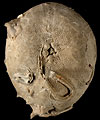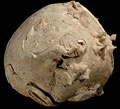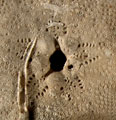The Echinoid Directory
Hypselolampas Clark, 1917, p. 109
| Diagnostic Features |
|
|---|---|
| Distribution |
|
| Name gender | feminine |
| Type | Catopygus recens A. Agassiz, 1879, p. 204; by original designation. |
| Species Included |
|
| Classification and/or Status |
|
| Remarks |
|




